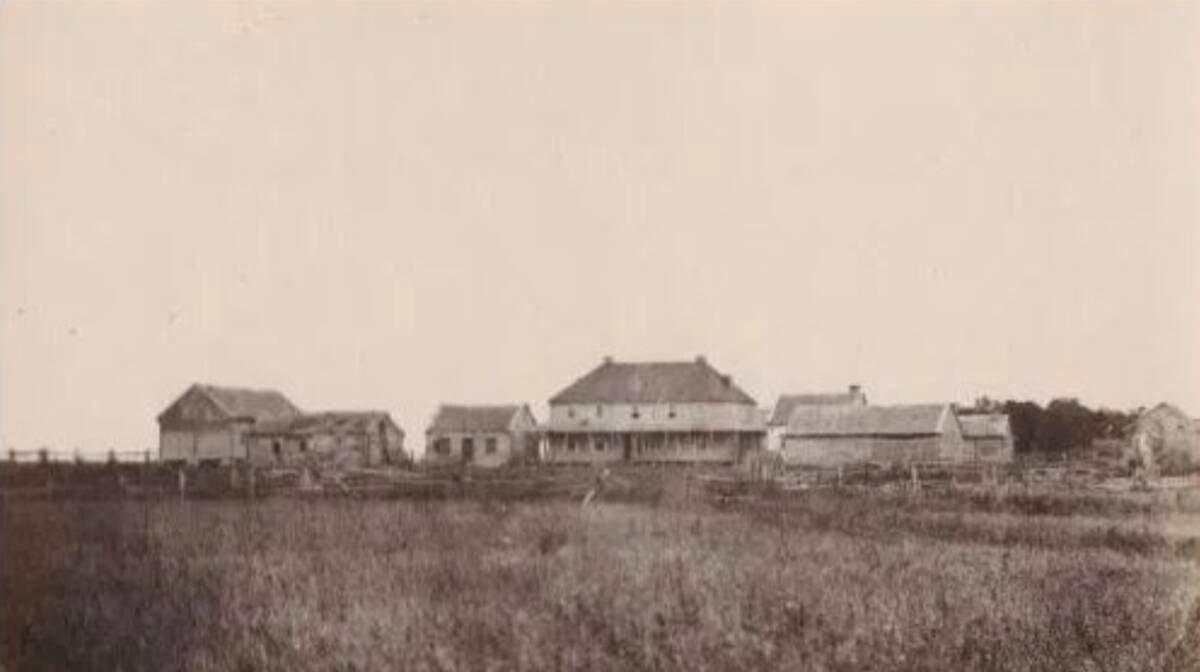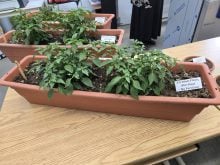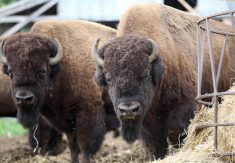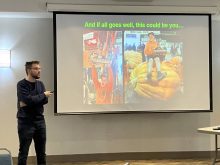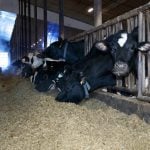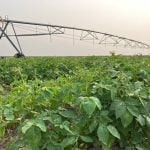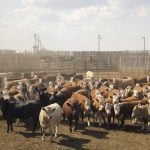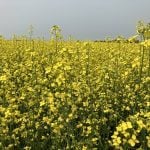The history of agriculture of the Red River Métis spans three centuries.
“Our first history of evidence that the Métis were farming in the Red River Country area is 1806,” said Daniel Benoit, Red River Michif (Métis) and knowledge holder. “They had small Red River lots farmed ranging in size from maybe 10 acres up to 400 acres. Every farm had a small or a large garden.”
Benoit was speaking at the Canadian Farm Writers Federation conference in Winnipeg on Sept. 20.
The records of Métis agriculture includes horticulture, but also open areas for cereal crops, hay lands, horses – primarily for transportation – and livestock such as cattle, sheep and chickens.
Read Also
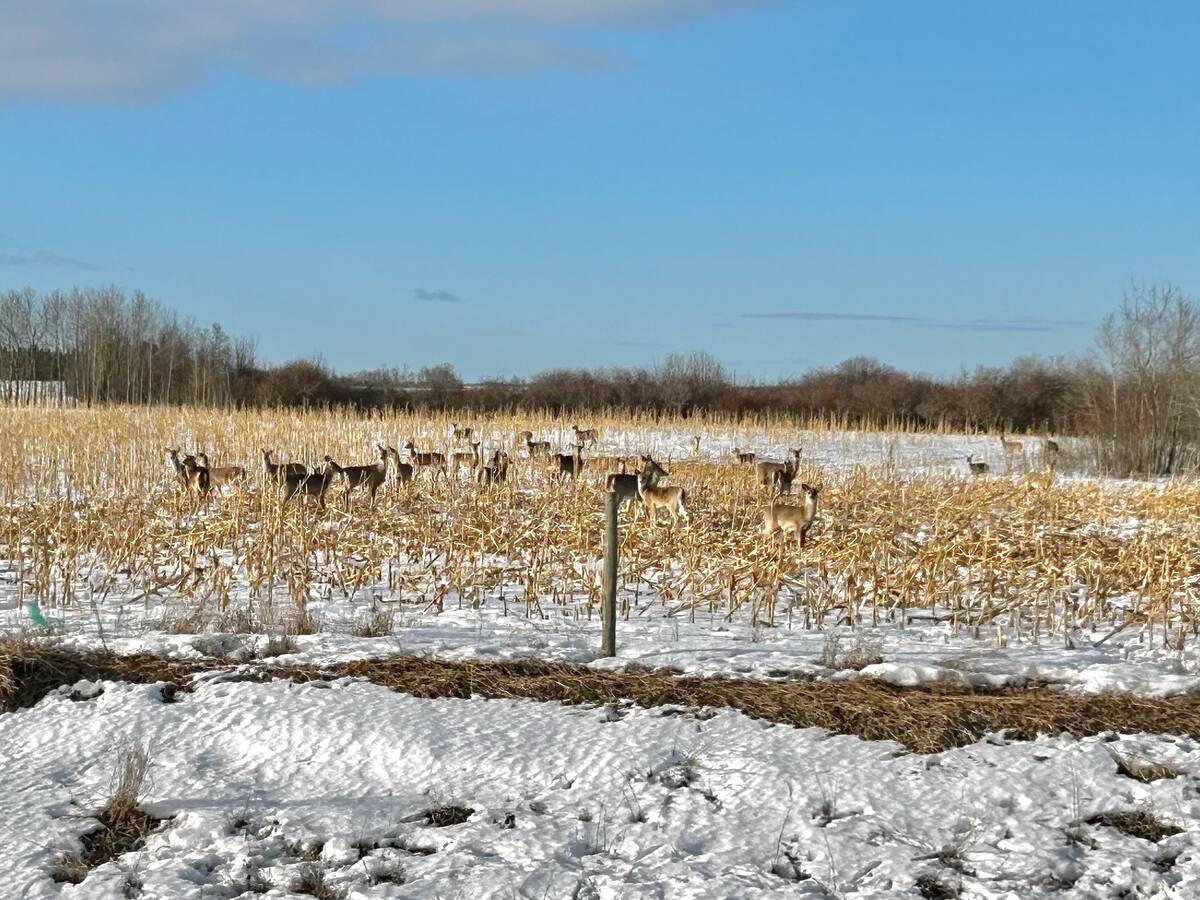
Manitoba launches CWD tracking tool
A newly launched digital dashboard allows hunters to track where chronic wasting disease has been confirmed in Manitoba
While Métis in the 1800s primarily grew crops and raised livestock for their immediate families or communities, occasionally surplus goods were sold to settlements.
“If there was surplus, it would be a little bit of surplus in a whole bunch of areas,” said Benoit.
Surplus goods such as oak planks, hops and beer, livestock, seeds and vegetables trickled into the Red River economy and, in some cases, as far away as Fort Edmonton.
Keeping goods in Western Canada – particularly food – was essential. It meant that food did not need to be imported from England to run the Hudson’s Bay Company system.
“The Red River really became the local production to run the Hudson’s Bay Company,” added Benoit.
But early model farms of the Hudson’s Bay Company were not very successful. Instead, they relied on Indigenous food and agricultural systems, including the Red River Métis.
“When the influx of settlers come in in 1870 and afterwards, they’re hiring Red River Métis to be the labourers for them,” said Benoit.
“So that knowledge transfer was happening through the white farmers … through hiring and interacting with Red River Métis that are throughout the Prairies.”

Métis agriculture today
David Beaudin, minister of agriculture, and the associate minister of environment and climate change for the Manitoba Métis Federation (MMF), said their organization has 500 Métis citizens listed as farmers and ranchers.
In an email, the MMF said Red River Métis producers are relatively balanced in both farming and ranching, though average farm size tends to be smaller than non-Indigenous operations.
“If anybody does list that they’re farming, they’re probably farming hay and alfalfa to feed their cattle,” he said.
Beaudin noted, however, that the Métis demographic of farmers is aging and that more needs to be done to attract the next generation.
“We do know the age of demographics is 72-plus as far as their age,” said Beaudin.
“My big tagline when I talk with citizen’s moms these days is that, you know, your children can be anything they want to be as long as it’s in agriculture,” he added lightheartedly.
The MMF said it’s a priority for their organization to attract more youth into the farm sector, and that educational opportunities for Red River Métis youth, including new or young entrants, are key to increasing participation in agriculture and agri-food sectors.
Crown lands
An aging demographic is not the only hurdle when it comes to attracting young Métis to the farm sector.
Beaudin added that the Crown lands lease program is a hurdle when it comes to acquiring new lands for Métis.
“Existing farmers, ranchers are basically holding on to their land, but they’re getting tired, so we really need succession planning for the industry,” said Beaudin. “Hopefully we can get some help out of the province for that, and we (can) look at succession planning for Métis farmers and ranchers, not just Manitobans.”
The MMF has noted a growing number of citizens expressing interest in sharing agriculture and agri-food knowledge. But much of that knowledge is currently underutilized. The organization lacks program funding to capitalize on the interest.
To learn more about Indigenous contributions to prairie agriculture, Dan Benoit participated in a discussion with the University of Manitoba entitled, ‘Role of Indigenous agriculture in our food systems’ which can be found on YouTube.
For more reconciliation content from the Co-operator and other Glacier FarmMedia publications, see our truth and reconciliation landing page at AgCanada.com.


